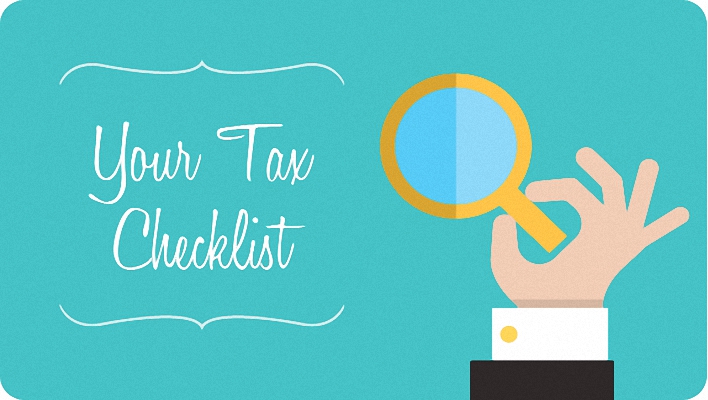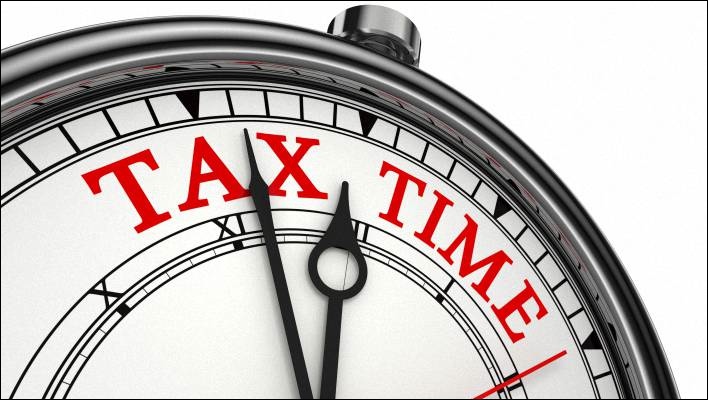
BORROWING THROUGH a Self Managed Super Fund (SMSF) to acquire commercial property has been a popular and attractive strategy over recent years – due to the tax benefits, and ability to minimise personal guarantees. [Read more…]
Insider Tips to Help You Discover How to Succeed with Commercial Property
>
From a very early age, Chris always sought to discover whatever the RULES might be for each situation – so he could quickly figure out how to master them. And from there, he has continued helping clients achieve their own Commercial Property success.
Read More
BORROWING THROUGH a Self Managed Super Fund (SMSF) to acquire commercial property has been a popular and attractive strategy over recent years – due to the tax benefits, and ability to minimise personal guarantees. [Read more…]

THE FOLLOWING is a little-known (but should be widely-known) ATO explanation on how to calculate CGT on a property that was formerly your home that you subdivide much later. And how the principal place of residence can be lost.
More…
Let’s go through it in some detail … for a Dwelling that was purchased on or after 20 September 1985, and then subdivided after that date.
Kym bought a house on a 0.2 hectare block of land in June 2014 for $700,000. The house was valued at $240,000 and the land at $460,000. Kym lived in the house as her main residence. She incurred $24,000 in stamp duty and legal fees purchasing the property.
Kym found the block was too big for her to maintain. In January 2015, she subdivided the land into two blocks of equal size. She incurred $20,000 in survey, legal and subdivision application fees; and $2,000 to connect water and drainage to the rear block.
In March 2015, she sold the rear block for $260,000.
As Kym sold the rear block of land separately, the main residence exemption does not apply to that land. She contacted several local real estate agents who advised her that the value of the front block was $30,000 higher than the rear block.
Kym apportioned the $460,000 original cost base into $215,000 for the rear block (46.7%) and $245,000 for the front block (53.3%). Kym incurred $6,000 legal fees on the sale.
The cost base of the rear block is calculated as follows:
Total Cost Base = $243,548
The capital gain on the sale of the rear block would be $16,452.
She calculated this by subtracting the cost base ($243,548) from the sale price ($260,000). As Kym had owned the land for less than 12 months, she uses the ‘other’ method to calculate her capital gain.
Kym will get the full exemption for her house and the front block, because they were used as her main residence for the full period she owned them.
Not a bad result. But imagine if she had bought it 10 years earlier, used it as her principal place of residence the whole time and where the value was about half of the value it is now:
That is: $350,000 purchased with a value of $120,000 for the home and land at $230,000 … which is now valued at the $700,000 10 years later.
For tax purposes, you do not use the market value — you must use the original value.
The cost base of the rear block is calculated as follows:
Total Cost Base = $135,958
The capital gain on the sale of the rear block would now be $124,042 … with no allowance for the past use as the primary residence.
Bottom Line: As you can appreciate, this can be a real trap. And yet, it is one you can often avoid, with proper restructuring before any sub-divisions occur.

HOW WOULD YOU like a detailed checklist to make sure no deductions are left unclaimed? You will find it covers virtually everything you need as a Commercial property investor, including things like …

IN A RECENT INTERVIEW with Dallas Brooks (on his program “Dollars with Sense”) … Steve Enticott explored these of 3 questions in quite some depth — because they especially the relate to Commercial property. [Read more…]

MANY MARRIAGES END in divorce and the many members of Australia’s self managed superannuation funds (SMSFs) are not immune to this heartache.
As there are more than 1 million SMSF members nationwide, it should come as no surprise that the assets of an SMSF are often the next big ticket item after the marital home in any family law settlement.
Good outcomes can be generated for both parties with a little communication and compromise.
Let’s work through a case study using a Commercial property held within an SMSF and tenanted by the associated business of one of the SMSF beneficiaries. [Read more…]

AS YOU PROBABLY realise, this is not quite as simple as it may seem. And yet, all you need to do is follow some clearly defined procedures. [Read more…]

IMAGINE A SITUATION where you, through no fault of your own, are faced with a major lawsuit because one of your contractor suppliers has let you down and has gone into bankruptcy. [Read more…]

I’M IN MY 40s … and well behind where I want or need to be. My career has stalled and the marriage is shaky because we’re constantly arguing about money. This is probably because my partner never returned to serious paid work after we had the children.
We’re far from making any dents in the mortgage. In fact, it’s actually rising slightly each year, what with the kids’ secondary education to pay for on top of all the other demands on our single income. [Read more…]

ARE YOU THINKING about borrowing to buy property or other assets via a Self-Managed Superannuation Fund (SMSF)?
If so, you may be wondering whether you need a bank to lend directly to your SMSF; or if there is a simpler and cheaper way to borrow? [Read more…]

SEVERAL PEOPLE have asked how to pay less tax on on their investment properties. Therefore, we’ve put together a list of our best 7 tips to help you save money at tax time.
While a property is rented, available for rent or in the process of being built for rent, loan interest is tax deductible?– even if it is still at planning stage.
This includes the interest you pay on money you use to purchase or improve the property. [Read more…]


FINANCIAL INSTITUTIONS HAVE a range of methods for evaluating commercial properties, but there are some general guidelines that they typically follow.
One of the key numbers that banks focus on is the property’s Net Operating Income (NOI), which is essentially the rental income minus expenses.

WITH EVERY NEGOTIATION, you always need to be thinking on your feet. And here are several simple Tips to help you do just that.

WHEN YOU EMBARK on your journey as a property investor, it can be overwhelming – with a flood of information and diverse opinions. To help simplify the process, here are five essential tips for new (and seasoned) investors.

IT DOES NOT MATTER whether you’re an investor or an owner-occupier, there are several important factors to consider when purchasing a commercial property to ensure you make the right choice.
In a previous article, I shared a handy App to assist you in shortlisting potential properties. If you haven’t already downloaded it, simply click on the HiReturn Filter over on the right, to install it on your tablet or mobile device.

THERE IS A BELIEF among many experts that a surge in the stock market typically precedes a recovery in the commercial property market by about six months. And the start of this year saw equity markets gaining some momentum.

I HAVE BEEN ASKED countless times about the secrets to a successful negotiation. And I want to share with you the key elements to help make your negotiations effective.
But first, just watch this short video to gain a quick understanding of these three essential elements that form the foundation of every negotiation.

If you’re new to investing, you might be wondering if it’s possible to manage your own commercial property. The short answer is “yes”, but only if you know what you’re doing.
It’s important to note that owning a commercial property comes with certain legal responsibilities, particularly when it comes to compliance with Essential Services requirements under current Building Regulations.
Hopefully, you will quickly realise this is not a website for self-promotion.
Rather, everything here has been put together to provide you (as a serious Investor) with the very best insights into what you need to know ... in order for you to succeed with your Commercial property investing.
You see, the deeper your access is to all the key information and the more expert opinions you can learn from ... the more likely your ultimate financial success will be.
That said, you will discover everything you need right here – both readily available, and all in one place.
All the very best ... Chris.
Copyright © 2024 · Genesis Child on Genesis Framework · WordPress · Log in